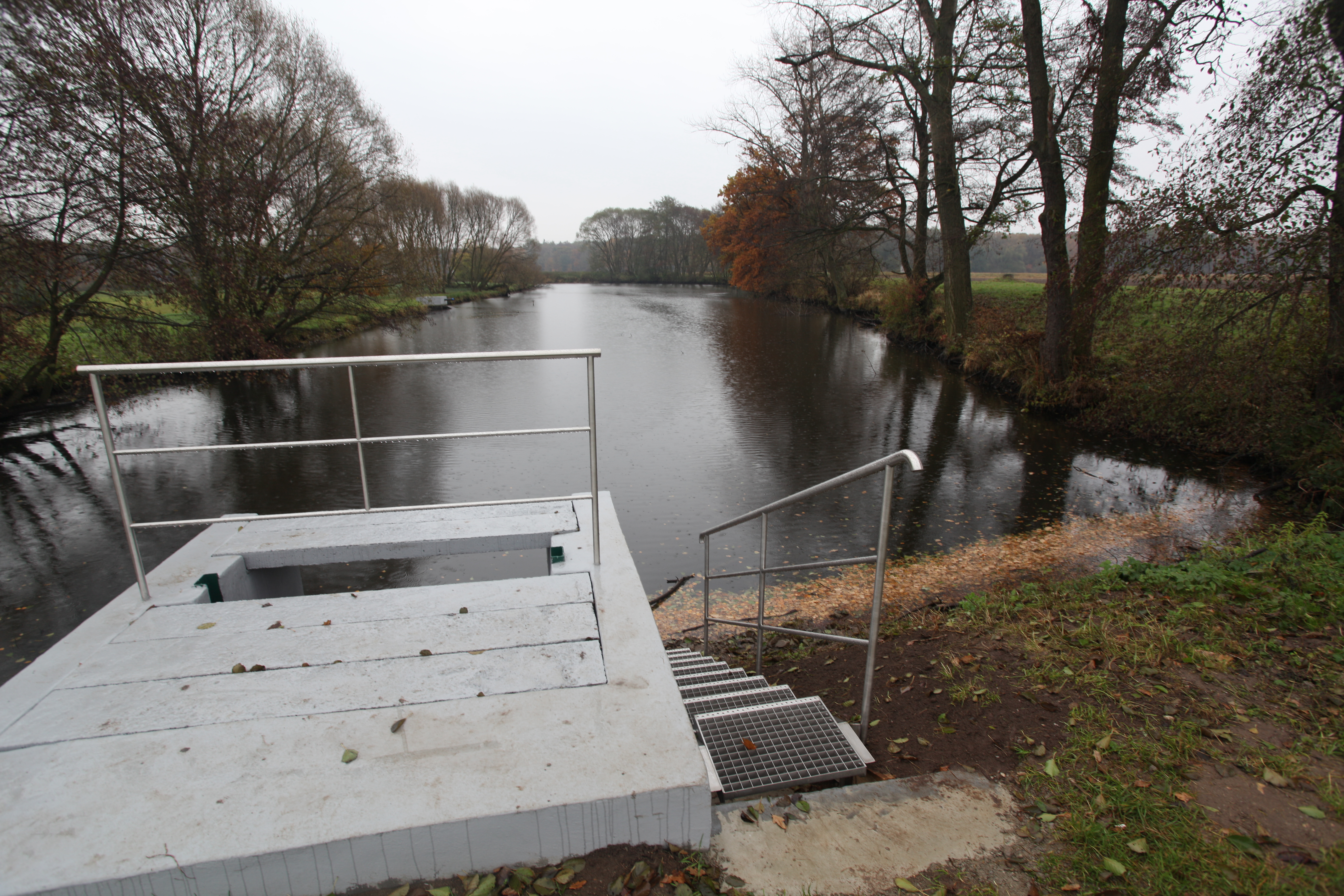|
Traction (geology)
Traction is the geologic process whereby a current transports larger, heavier rocks by rolling or sliding them along the bottom. Thus, the grains and clasts interact with the substratum during transport. By contrast, saltation, a related sediment transport process, moves grains across the bottom by bouncing or hopping. The actual current carries the sediment load in traction and saltation flows, whereas downslope movement under the force of gravity carries the sediment in gravity flows. These processes contrast with suspension settling, in which there is no current.Ritter, M.E. (2006), The Physical Environment: an Introduction to Physical Geography: The Geologic Work of Streams,'' online textbook. accessed 25 June 2013. Traction is where large stones or boulders in the river's load are rolled along by the force of the river. Notes and references External links How a river's load is transported by traction - Geography animated {{geology-stub Sedimentology ... [...More Info...] [...Related Items...] OR: [Wikipedia] [Google] [Baidu] |
Geologic
Geology () is a branch of natural science concerned with Earth and other astronomical objects, the features or rocks of which it is composed, and the processes by which they change over time. Modern geology significantly overlaps all other Earth sciences, including hydrology, and so is treated as one major aspect of integrated Earth system science and planetary science. Geology describes the structure of the Earth on and beneath its surface, and the processes that have shaped that structure. It also provides tools to determine the relative and absolute ages of rocks found in a given location, and also to describe the histories of those rocks. By combining these tools, geologists are able to chronicle the geological history of the Earth as a whole, and also to demonstrate the age of the Earth. Geology provides the primary evidence for plate tectonics, the evolutionary history of life, and the Earth's past climates. Geologists broadly study the properties and processes of Earth ... [...More Info...] [...Related Items...] OR: [Wikipedia] [Google] [Baidu] |
Saltation (geology)
In geology, saltation () is a specific type of particle transport by fluids such as wind or water. It occurs when loose materials are removed from a bed and carried by the fluid, before being transported back to the surface. Examples include pebble transport by rivers, sand drift over desert surfaces, soil blowing over fields, and snow drift over smooth surfaces such as those in the Arctic or Canadian Prairies. Process At low fluid velocities, loose material rolls downstream, staying in contact with the surface. This is called ''creep'' or ''reptation''. Here the forces exerted by the fluid on the particle are only enough to roll the particle around the point of contact with the surface. Once the wind speed reaches a certain critical value, termed the ''impact'' or ''fluid threshold'', the drag and lift forces exerted by the fluid are sufficient to lift some particles from the surface. These particles are accelerated by the fluid, and pulled downward by gravity, causing them to t ... [...More Info...] [...Related Items...] OR: [Wikipedia] [Google] [Baidu] |
Sediment Gravity Flows
upright=1.25, This turbidite from the Devonian Becke-Oese Sandstone">Devonian.html" ;"title="turbidite from the Devonian">turbidite from the Devonian Becke-Oese Sandstone of Germany is an example of a deposit from a sediment gravity flow. Note the complete Bouma sequence. A sediment gravity flow is one of several types of sediment transport mechanisms, of which most geologists recognize four principal processes. These flows are differentiated by their dominant sediment support mechanisms, which can be difficult to distinguish as flows can be in transition from one type to the next as they evolve downslope. Sediment support mechanisms Sediment gravity flows are represented by four different mechanisms of keeping grains within the flow in suspension. * Grain flow – Grains in the flow are kept in suspension by grain-to-grain interactions, with the fluid acting only as a lubricant. As such, the grain-to-grain collisions generate a dispersive pressure that helps prevent grains from ... [...More Info...] [...Related Items...] OR: [Wikipedia] [Google] [Baidu] |
Settling
Settling is the process by which particulates move towards the bottom of a liquid and form a sediment. Particles that experience a force, either due to gravity or due to centrifugal motion will tend to move in a uniform manner in the direction exerted by that force. For gravity settling, this means that the particles will tend to fall to the bottom of the vessel, forming sludge or slurry at the vessel base. Settling is an important operation in many applications, such as mining, wastewater and drinking water treatment, biological science, space propellant reignition, and scooping. Physics For settling particles that are considered individually, i.e. dilute particle solutions, there are two main forces enacting upon any particle. The primary force is an applied force, such as gravity, and a drag force that is due to the motion of the particle through the fluid. The applied force is usually not affected by the particle's velocity, whereas the drag force is a function of ... [...More Info...] [...Related Items...] OR: [Wikipedia] [Google] [Baidu] |



